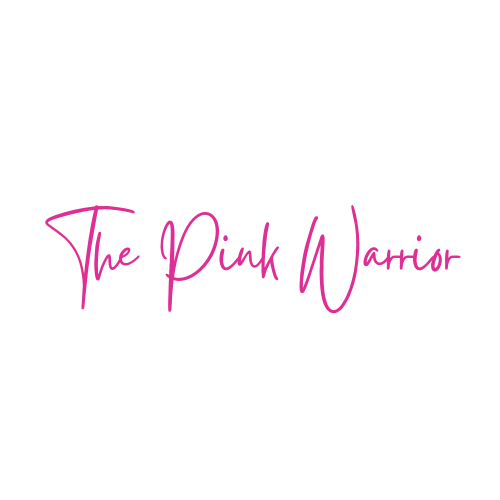Hair loss is one of the most visible and distressing side effects of chemotherapy. While it may seem trivial compared to fighting cancer, the emotional toll of hair loss can be significant. Enter cold capping—a technique that aims to preserve your mane during this challenging time. Here’s a comprehensive guide on what cold capping is, how it works, and resources to help you decide if it's right for you.
What is Cold Capping?
Cold capping involves wearing a cap filled with a gel that’s chilled to very low temperatures before, during, and after your chemotherapy session. The idea is that the cold will constrict blood vessels in the scalp, thereby limiting the amount of chemotherapy drugs reaching the hair follicles.
For a detailed understanding, you can visit The Rapunzel Project, a non-profit organization dedicated to helping chemotherapy patients keep their hair.
How Effective is Cold Capping?
Studies indicate that the effectiveness of cold capping varies depending on the type of chemotherapy drugs used and the individual's hair type. Some people achieve excellent results, while others only experience a partial reduction in hair loss. For more details, consult research papers on PubMed that investigate the effectiveness of this technique.
The Process
Before Treatment
Before you begin chemotherapy, you’ll need to decide if cold capping is something you want to pursue. This involves a discussion with your oncologist and potentially renting or buying a cold cap. You can explore various options at Penguin Cold Caps and Chemo Cold Caps.
During Treatment
On the day of your chemotherapy session, the cold cap will be fitted to your head about 30-50 minutes before the chemotherapy infusion starts. The cap will stay on your head during the treatment and for a period afterward. Be prepared; it can be very cold and slightly uncomfortable.
After Treatment
Once the session is over, you can remove the cap. However, the cap should be kept on for a specific period, usually around 90-120 minutes, depending on the manufacturer's guidelines and your oncologist's advice.
Pros and Cons
Pros
- Helps in preserving your self-image and emotional well-being.
- Effective in many cases for reducing the extent of hair loss.
Cons
- Can be uncomfortable due to the cold temperatures.
- Can be costly, as many insurance plans do not cover cold capping.
Financial Considerations
The cost of cold capping can be a concern for many. Prices can range from $300 to $600 per session. Some patients have successfully used platforms like GoFundMe to raise funds for their treatment.
Community Support
If you're considering cold capping, it might be beneficial to connect with others who have gone through the process. Websites like Breastcancer.org offer forums where you can seek advice and share experiences.
Conclusion
Cold capping offers an alternative for those who want to minimize hair loss during chemotherapy. While it's not a guaranteed solution for everyone, many have found it beneficial in preserving not just their hair but also a sense of normalcy during a challenging period. As always, consult your healthcare provider for personalized advice.

